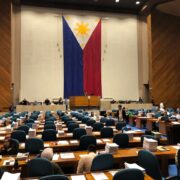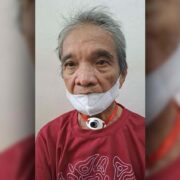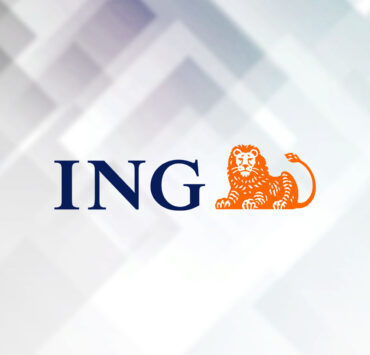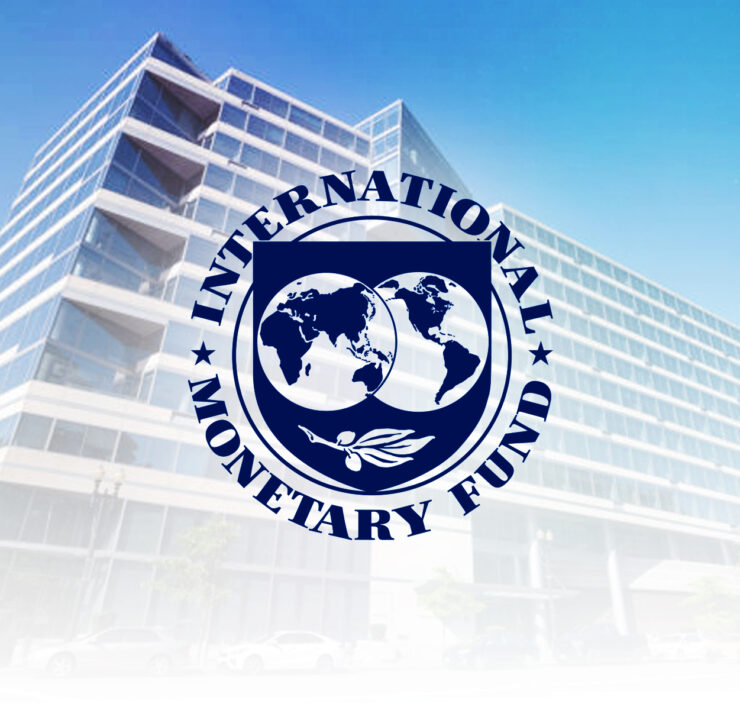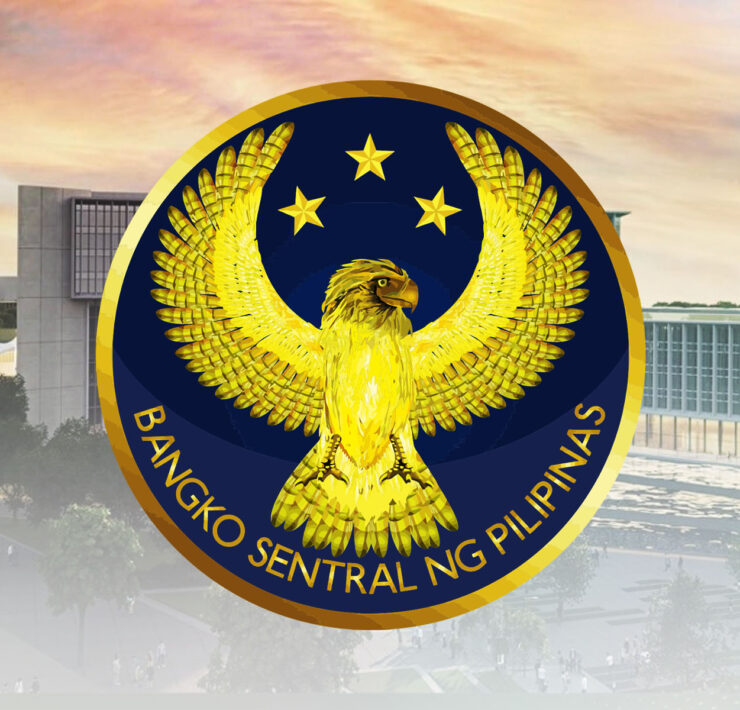BSP pushes for 24/7 digital payments system
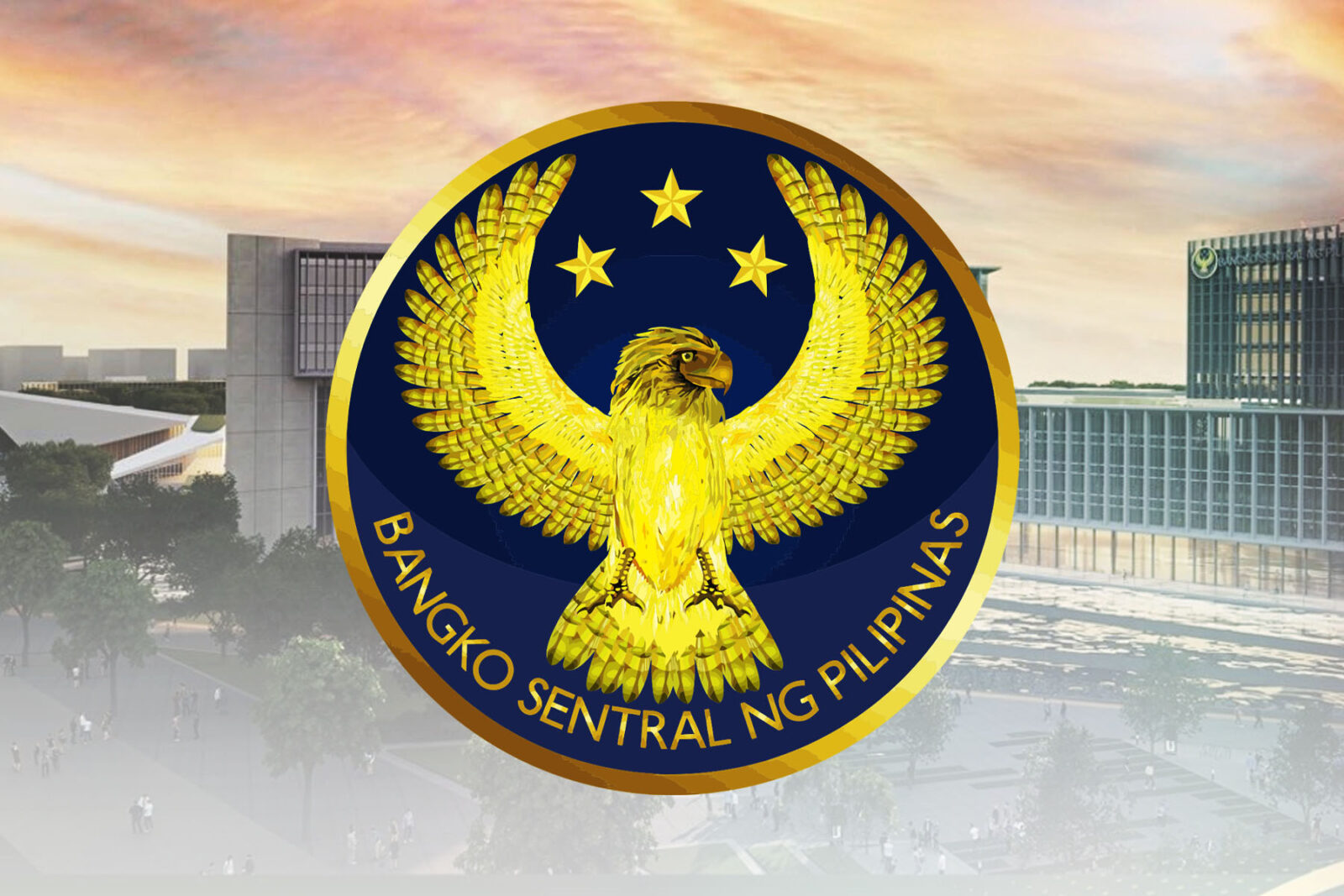
The Bangko Sentral ng Pilipinas (BSP) has urged the country’s payment system players to help build a round-the-clock digital payments network, one designed to move money in real time, link up with foreign systems and give the economy’s pulse a faster, steadier beat.
The central bank made the call during the “2025 Peso Real-Time Gross Settlement (RTGS) Forum” held in September and October, details of which were released on Tuesday.
The event drew some 350 participants from banks, quasi-banks, nonbank e-money issuers, financial market infrastructures and clearing switch operators involved in the peso RTGS system.
An RTGS platform enables the instant settlement of payments, transfer instructions, and other obligations on a transaction-by-transaction basis—a critical backbone of modern financial systems.
At present, the country’s RTGS network, known as PhilPaSSplus, is owned and operated by the BSP and runs only from 9 a.m. to 5:45 p.m. on weekdays.
“A round the clock operation will enable the payment system to settle more transactions in real-time, interlink with foreign payment systems, and further economic activities,” the central bank said in a statement.
“These may include 24/7 remittances, cross-border e-commerce flows and bond trading,” it added.
Latest data from the BSP showed the total value of transactions in the PhilPaSSplus system reached P151.3 trillion in the third quarter, up by 21 percent from a year earlier. In terms of volume, PhilPaSSplus transactions rose by 9 percent to 459,818.
Such a growth comes as the country’s shift toward digital payments continues to accelerate.
The central bank earlier reported that digital payments cornered 57.4 percent of the total volume of retail transactions in the country in 2024, up by 4.6-percentage points from the 2023 ratio of 52.8 percent.
Such a result surpassed the government’s 2024 goal to convert 52 to 54 percent of retail transactions to digital. In terms of value, total monthly digital payments reached $136 billion last year, accounting for 59 percent of the nation’s overall retail transaction value.
Dissecting the BSP’s previous report, 97.2 percent of transactions made by the government were done via digital channels, the most cash-lite among the three primary payment use-cases that the central bank tracks. The BSP said almost 100 percent of payments made by the state—including capital transfers to municipalities, procurements, payroll and cash transfers to the poor—were done electronically.




